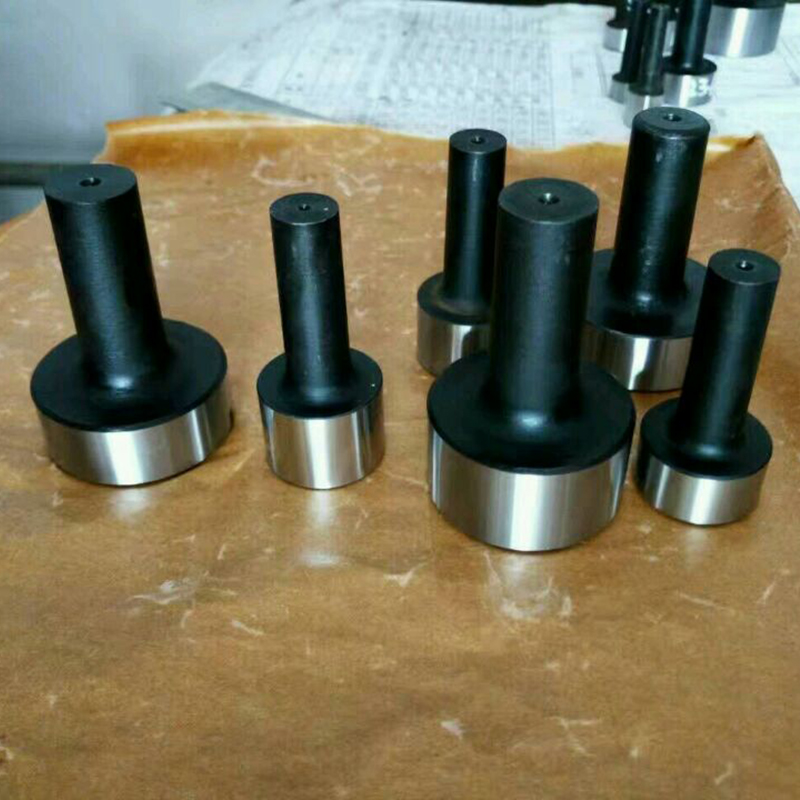10 月 . 06, 2024 18:08 Back to list
types of control valves used in industry
Types of Control Valves Used in Industry
Control valves play a crucial role in various industrial processes, regulating the flow, pressure, temperature, and level of fluids or gases. They act as the interface between the control system and the process, ensuring that the required parameters are maintained for optimal operation. Understanding the different types of control valves used in the industry is essential for selecting the right one for specific applications.
One of the most commonly used types of control valves is the globe valve. Globe valves are known for their excellent throttling capabilities, making them ideal for applications requiring precise flow control. Their design features a spherical body with an internal baffle that directs the fluid through the valve, allowing for a significant flow regulation. They are widely used in applications dealing with liquids, gases, and steam.
Another significant type is the ball valve. Ball valves provide a quick and tight shut-off and are commonly used in industries where a rapid on/off function is necessary. They feature a spherical disc, or ball, with a hole through the center. When the ball is rotated, the hole aligns with the flow direction, allowing fluid to pass, while turning it perpendicularly stops the flow. Ball valves are robust, have low pressure drops, and are suitable for both low and high-pressure applications.
Butterfly valves are also prevalent in the industry, particularly in applications involving large volumes of fluid and low-pressure drops. These valves consist of a disc that rotates around a central axis to control flow. They are lightweight and compact, making them easy to install and maintain. Butterfly valves are often used in water supply systems, chemical processing, and HVAC systems.
types of control valves used in industry

Diaphragm valves are another important category, especially in industries that handle corrosive or sterile fluids. They operate by using a flexible diaphragm that seals against a seat to control the flow. This design prevents contamination and is ideal for pharmaceutical, food, and chemical applications where hygiene is critical.
Pressure relief valves and check valves are also integral to industrial applications. Pressure relief valves automatically release excess pressure from a system to prevent over-pressurization, while check valves allow fluid to flow in one direction, preventing backflow. Both types ensure the safety and reliability of industrial systems.
Finally, it's important to consider electric and pneumatic actuators, which are critical in controlling the operation of these valves. Electric actuators provide precise control and can be easily integrated into automated systems, while pneumatic actuators offer rapid action and are often used in environments where electric power may not be available.
In conclusion, selecting the appropriate control valve depends on a variety of factors, including the specific industrial application, the type of medium being controlled, and the required precision. Understanding the functionalities and characteristics of different types of control valves is essential for ensuring efficient and safe operation in any industrial setting. With advancements in technology, the future may see even more innovative designs and capabilities in control valve applications.
-
Y Type Strainers: A Comprehensive GuideNewsOct.18,2024
-
Understanding Water Valve Options for Your NeedsNewsOct.18,2024
-
Functions and TypesNewsOct.18,2024
-
An Essential Component for Fluid SystemsNewsOct.18,2024
-
Adjustment and ReplacementNewsOct.18,2024
-
Slow Closing Check Valves: A Key Component in Fluid SystemsNewsOct.08,2024
Related PRODUCTS









